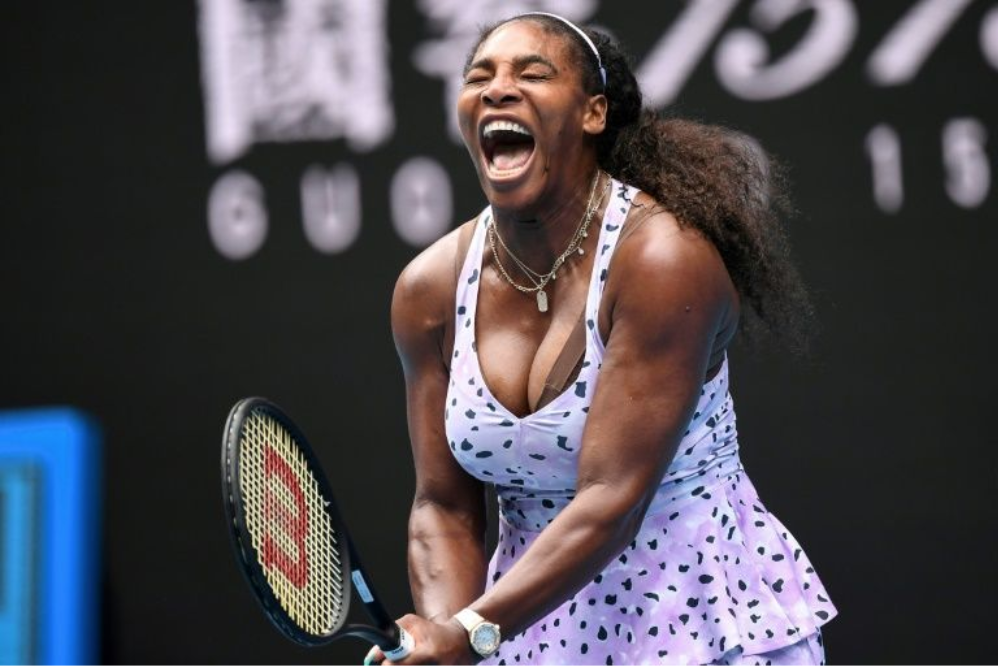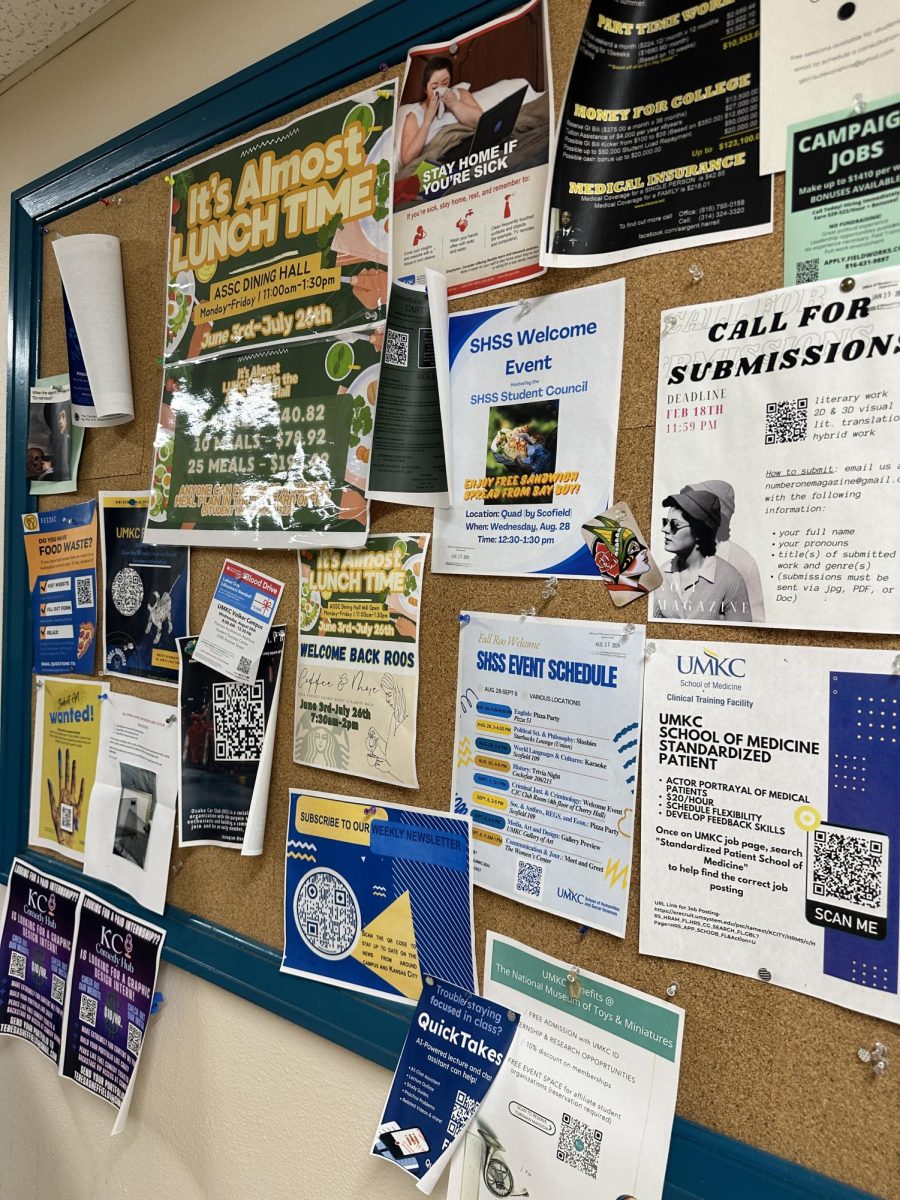Resilient. Strong. Beautiful. Over the last four decades, Serena Williams has proven herself to be all three. From learning tennis on public courts in Compton with her father, Williams has risen to become one of the greatest athletes of all time.
She has won 23 major single titles, the most ever by any man or woman. She was ranked No. 1 on eight separate occasions between 2002-2017 by the Women’s Tennis Association (WTA). With 39 Grand Slam titles, Williams holds the record for the most titles in singles, doubles, and mixed doubles amongst all active tennis players combined. She holds the record for the most women’s singles matches won at majors with a whopping 351 matches. Williams has won four Olympic gold medals, one in singles and three in doubles. In 2016, she was the highest paid female athlete, and in 2017, she was the only woman on Forbes’ “100 highest paid athletes” list. In December 2019, The Associated Press named Williams “Female Athlete of the Decade” for the 2010s. She is ranked No. 9 in the world as of January 2020, according to the WTA.
Even with tremendous success throughout the years, Williams still had obstacles to overcome both on and off the court.
In 2017, after the birth of her daughter Alexis Olympia Ohanian Jr., Williams suffered from a pulmonary embolism. A pulmonary embolism is when a blood clot travels to an artery of the lungs, blocking normal air flow.
“My embolism sparked a slew of health complications that I am lucky I survived,” she said in an opinion piece she wrote for CNN. “When I finally made it home to my family, I had to spend the first six weeks of motherhood in bed.”
After returning to tennis in 2018, Williams struggled to regain dominance over the game. She failed to win a Grand Slam that year and faced scrutiny over her heated reaction to an umpire’s call in her 2018 U.S. Open defeat against 19-year-old Naomi Osaka.
Losing only made Williams stronger. Going to therapy after the loss against Osaka, she realized the true key to success was to reflect on the life and the legacy she wanted to leave and not worry about anything else.
“I had lost every Grand Slam that year,” Williams said in a CNBC interview. “I was in the U.S. Open, and Patrick (Mouratoglou), my coach, said, ‘Serena, this doesn’t make sense. You’re so stressed about 18 wins. Why not 30? Why not 40?’”
“Why would I want to stand side by side when I can stand out on my own?” she said. “I think sometimes women limit themselves. I’m not sure why we think that way, but I know that we’re sometimes taught to not dream as big as men.”
Williams came back from her defeats by winning the ASB Classic in January of this year.
Off the court, Serena has made a name for herself in the fashion and beauty industries. In 2004, she signed a deal with Nike for her own apparel line. That same year, she launched her own line of designer apparel called “Aneres.” In 2009, she launched a signature collection of handbags and jewelry exclusively for the Home Shopping Network (HSN). In 2010, she became a certified nail technician to prepare for her nail collection with HairTech. In 2015, she presented her HSN Signature Statement collection for a second time at New York Fashion Week. In 2019, Williams was appointed to the board of directors for the online fashion market Poshmark.
From being a dominant force in tennis over the last four decades, to now dominating fashion, activism, business, entertainment, being a wife, and most importantly, motherhood, Serena has been a true inspiration to women and girls and has shown you can accomplish whatever you set out to do. This is the lesson she wants to teach her daughter.
“I’m so glad I had a daughter,” she said in a CNBC interview. “I want to teach her that there are no limits.”
jnjvxf@mail.umkc.edu








